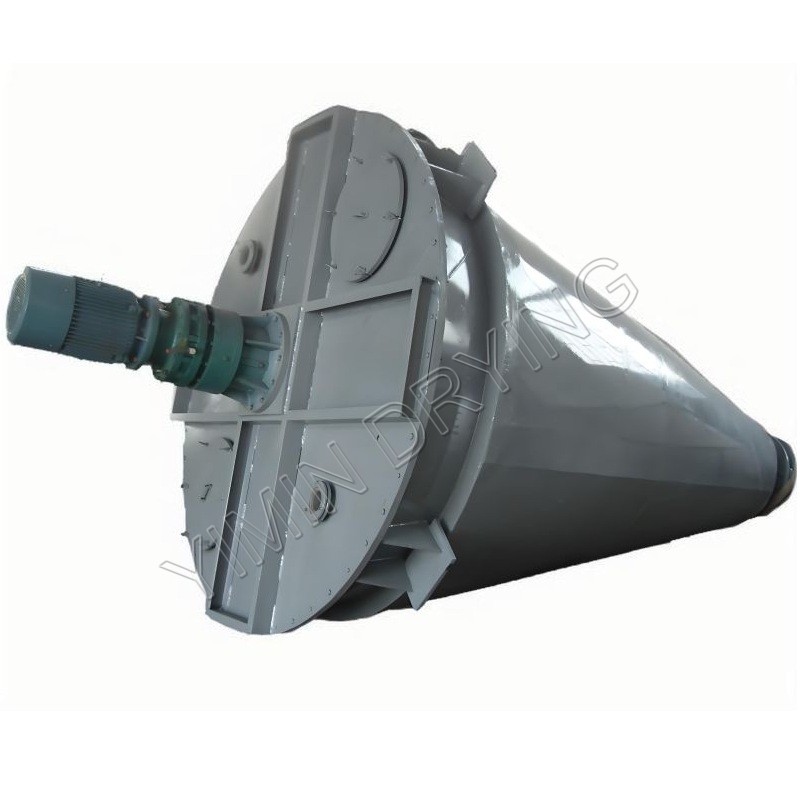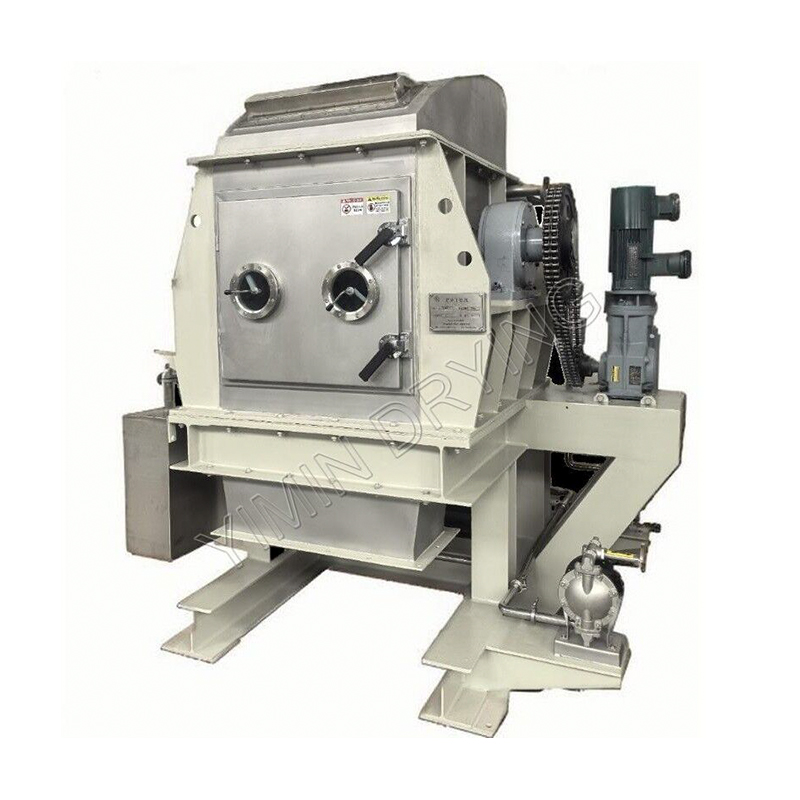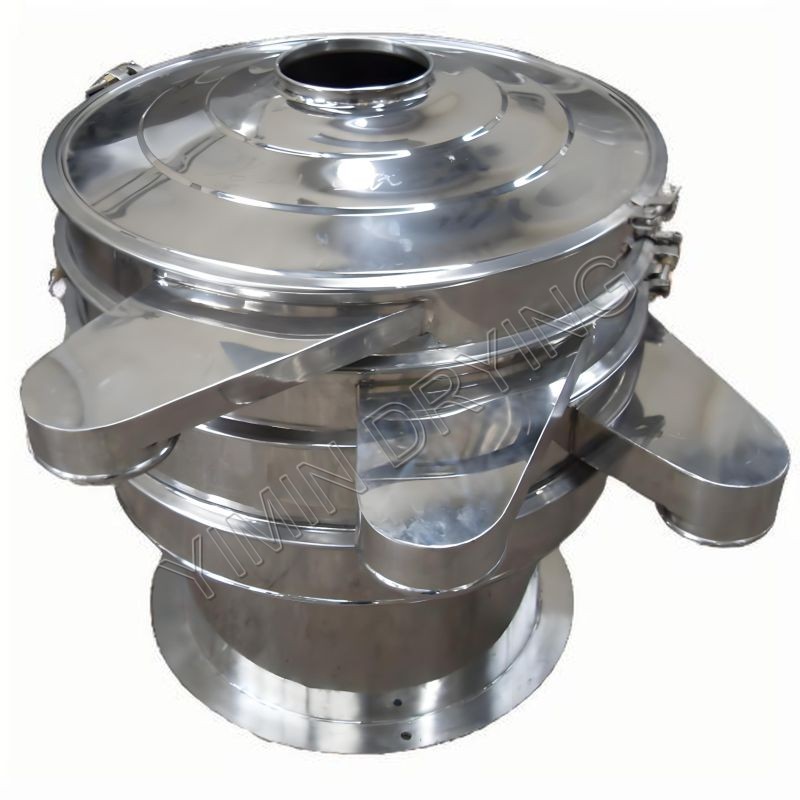How to maintain a screw mixer?
Keeping your screw mixer in top condition is essential for both operational efficiency and safety. Regular, proactive maintenance can extend the lifespan of your equipment, prevent costly downtime, and ensure the quality of your final product.
Daily and Weekly Checks: The First Line of Defense
A consistent schedule of quick inspections is your best tool for catching small issues before they become major problems.
-
Visual Inspection: Before starting operations, take a few minutes to look over the entire machine. Check for any loose bolts, screws, or fasteners. Look for signs of wear on the agitator and the helical ribbon, especially at the tips and edges. Also, check the discharge valve and seals for any material buildup or damage.
-
Cleaning: This is non-negotiable. After each batch or at the end of the day, thoroughly clean all product contact surfaces. Residual material can harden, affecting the blending machine's efficiency and potentially contaminating future batches. Follow the manufacturer's guidelines for cleaning agents and methods, especially for machines handling food-grade or chemical products.
-
Lubrication: Refer to your owner's manual for specific lubrication points and schedules. Proper lubrication of bearings, gears, and drive chains is critical to reduce friction and heat, which are the main causes of premature wear. Use only the lubricants recommended by the manufacturer.
Monthly and Quarterly Maintenance: A Deeper Dive
These checks require a bit more time but are vital for the long-term health of your industrial mixer.
-
Check Drive Components: Inspect the belts, chains, and sprockets for proper tension and alignment. A loose belt can slip, reducing mixing power, while an overly tight one can strain the motor and bearings. Look for signs of cracking or stretching on belts and excessive wear on sprockets.
-
Inspect Seals and Gaskets: The seals on your powder blender's shaft and discharge are critical for preventing leaks and protecting the bearings from contamination. Check them for any signs of cracking, brittleness, or material leakage. Worn seals should be replaced immediately.
-
Motor and Electrical System: Check the motor for any unusual noises or excessive heat. A good sign of a potential issue is a humming sound or a hot motor housing. Inspect all electrical connections, including power cords, for signs of fraying or damage.

Annual Overhaul: Ensuring Peak Performance
Once a year, a more comprehensive inspection and overhaul should be performed, preferably by a qualified technician.
-
Bearing and Shaft Inspection: Over time, bearings can wear down. A professional can assess their condition and replace them if necessary. They should also check the alignment of the main shaft to ensure it runs true and straight.
-
Gearbox Oil Change: The gearbox, a crucial part of the conical screw mixer's drive system, contains oil that needs to be changed periodically to maintain its lubricating properties. This is a key step in preventing internal component damage.
-
Re-calibration and Performance Check: An annual service is an excellent time to re-calibrate sensors, check the mixing uniformity, and verify that the machine is operating at its optimal speed and power settings.
Remember, a proactive approach to maintenance is always more cost-effective than waiting for a failure to occur. By following these guidelines, you can ensure your screw agitator continues to deliver reliable, high-quality performance for years to come.



 English
English русский
русский عربى
عربى Türk
Türk




